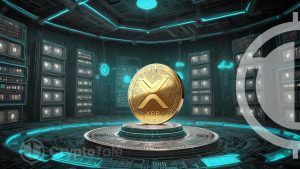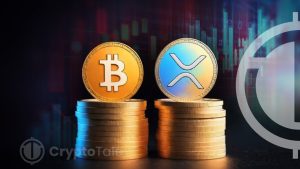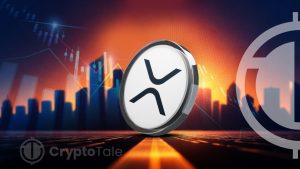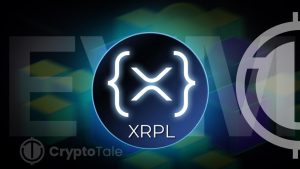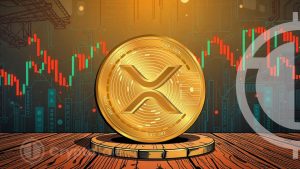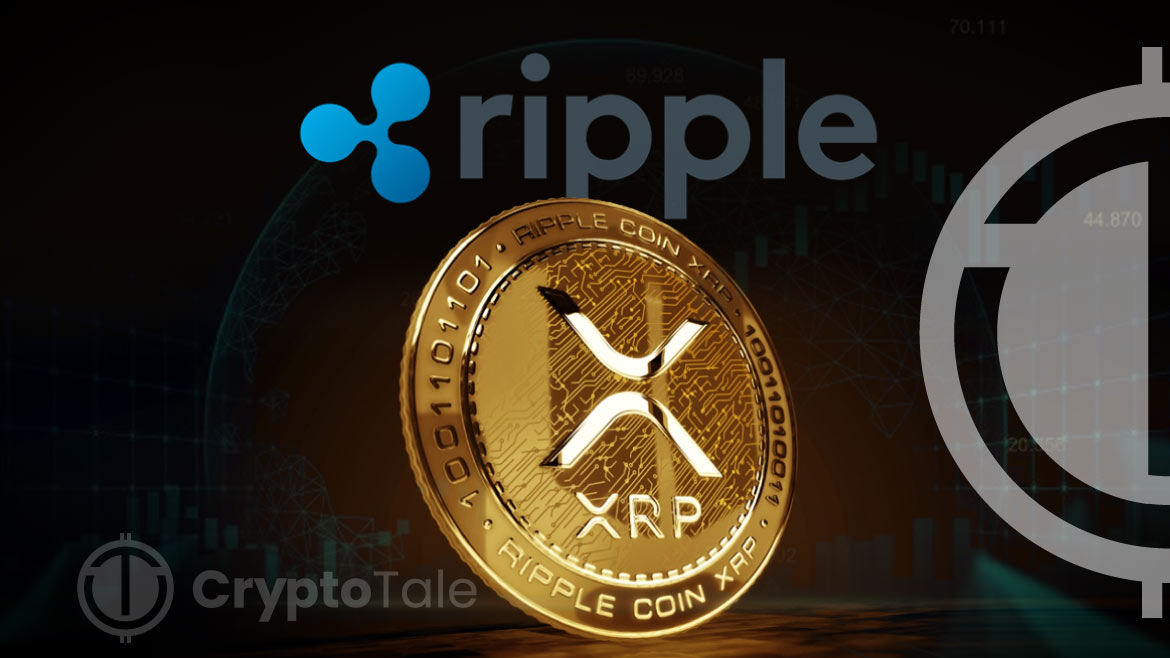
Have you ever wondered how it would be to send money across borders without the long waiting time and excessive fees? This is entirely possible with Ripple, which leverages blockchain technology and a unique consensus mechanism to ensure fast transaction speeds and low fees. In this article, you will get to know the exact distinction between Ripple and XRP and their advantages.
What is Ripple?
Ripple is a technology company known for its real-time payment settlement systems, designed to facilitate instant, secure, and low-cost cross-border transactions. It stays as an intermediary for financial institutions and other entities involved in financial services. Ripple has its own mechanism to secure its ledger. It is called the Ripple Protocol Consensus Algorithm (RPCA) instead of the more common Proof of Work (PoW) or Proof of Stake (PoS) mechanisms. Additionally, Ripple has developed the Interledger Protocol (ILP) to enable interoperability between various ledgers and payment networks.
What is XRP?
XRP is the native cryptocurrency of the Ripple network and plays a major role within the ecosystem. It is used to pay transaction fees within the network. The minimum cost for transactions is 0.00001 XRP. The low transaction fees make it ideal for transferring money, especially in cases involving small and microtransactions. Furthermore, transactions happen at a faster speed, and XRP can handle 1,500 transactions per second.
XRP cannot be mined; instead, Ripple pre-mines 100 billion XRP at the beginning, making it less resource-intensive than other currencies. Users can get XRP through various exchanges or convert fiat currencies into XRP during cross-border transactions.
History of Ripple (XRP)
The seed for the groundbreaking peer-to-peer electronic cash system was seeded in 2004. A Canadian developer named Ryan Fugger created RipplePay. RipplePay was destined to operate as a decentralized payment network where individuals can make transactions without the need for a centralized authority. It also had a unique feature called trust lines, which allowed individuals to establish credit relationships with others.
In 2011, Jed McCaleb, the founder of Mt. Gox, began developing a digital currency system where the transactions are verified by the members of the network. Later, Arthur Britto and David Schwartz joined the project, and together, they developed the XRP Ledger (XRPL) with the aim of developing an asset specifically for payments. They launched the XRP Ledger in June 2012, with XRP as its native currency, and had a total supply of 100 billion XRP.
Shortly after the launch, Chris Larsen joined the project. Together, they started a company called NewCoin in September, which was then renamed as OpenCoin and finally as Ripple Labs. After setting up the company, more than 80% of the coins were given to the company as gifts, with Ripple storing most of the coins in escrow.
Later, by partnering with various financial institutions and payment providers, RippleNet expanded globally. Over the years, Ripple has faced various regulatory challenges, such as being alleged as an unregistered security. Despite these regulatory challenges and uncertainties, Ripple now stands as one of the 10 major cryptocurrencies.
XRP Primed for Massive Breakout Despite Recent Drop: Analyst Predict $20 SurgeWhat Are The Components of RippleNet?
RippleNet, also known as the Ripple Network, is a decentralized global network of banks, financial institutions, and payment providers. The major components of RippleNet include,
xCurrent
xCurrent is an enterprise-level software similar to SWIFT. However, when compared to SWIFT, where transactions take days to settle, transactions are processed in a matter of seconds in xCurrent. Furthermore, it is a Real-Time Gross Settlement System (RTGS) with messaging capabilities, end-to-end tracking, and can exchange FX rates in real time. xCurrent is built on top of the Interledger protocol, and the software is for firms and institutions that do large sums of cross-border payments.
xVia
xVia is a standardized API payment interface that allows banks, financial institutions, and payment providers to send and receive payments through RippleNet.Instead of interacting with various payment networks or maintaining accounts in different banks, users can simply connect to RippleNet through a single API interface.
xRapid (On Demand Liquidity (ODL))
xRapid is a liquidity solution that leverages the native token XRP to facilitate faster and cheaper cross-border payments. It makes use of XRP to provide on-demand liquidity by allowing banks and financial institutions to convert fiat currency into XRP and change XRP into another currency. This eliminates the need for pre-funded accounts or nostro accounts in other countries.
How Does Ripple (XRP) Work?
Recording and Validation
Whenever a transaction is initiated, the XRP ledger records the transaction and validates it through the consensus protocol. XRP ledger is a decentralized blockchain with a consensus method called RPCA. Here, transactions are validated by a network of servers that function as validation nodes, which is different from other consensus mechanisms.
Consensus Process
Ripple offers a default list of 35 validators, and each node validator is different from the other nodes because each node has a separate version of the transactions. By comparing these different versions, the servers reach a consensus. Only when a majority of the servers reach an agreement the transaction would be recorded on the ledger, and this process usually takes about 3-5 seconds.
XRP Release and Its Role:
Ripple periodically releases a certain amount of XRP from escrow, which is used to develop the blockchain, and perform various operations. Furthermore, XRP can be used as a bridge currency and can facilitate exchanges between different fiat currencies. This special feature of XRP makes it an ideal choice for cross-border transactions as it can be used to provide liquidity and streamline currency exchange.
“Slim Chances” for Solana and XRP ETFs: BlackRock Crypto Chief’s ViewpointAdvantages of Ripple (XRP)
- Transactions in the Ripple network are fast. They usually take about 3 – 5 seconds, which is a lot faster than other cryptocurrencies.
- A low transaction fee of 0.0001 XRP.
- The Ripple network processes transactions using XRP and can also process transactions involving other fiat currencies and cryptocurrencies.
Disadvantages of Ripple (XRP)
- One of the main concerns regarding Ripple is its centralized default list of validators.
- Unlike other cryptocurrencies, where coins are mined and released steadily, Ripple coins are pre-mined. Although they have also been released steadily from escrow, a large number of coins could suddenly be introduced into the market, impacting XRP’s value.
Final Words
Ripple leverages its advanced real-time payment settlement systems to offer an efficient solution for cross-border transactions. XRP facilitates rapid transactions with minimal fees and serves as a bridge currency for global exchanges. Ripple’s innovative technology and growing partnerships position it as a significant player in the cryptocurrency and financial services landscape. Furthermore, it offers a viable alternative to traditional banking systems for efficient and cost-effective global money transfers.



